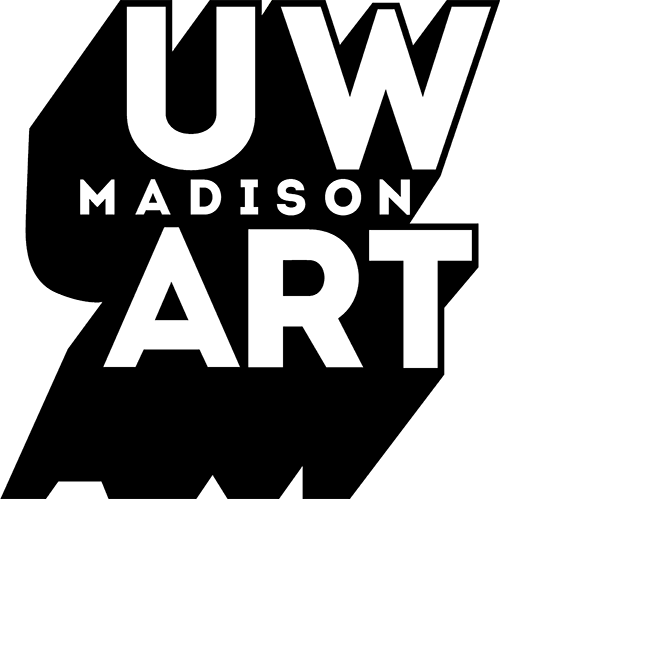Julie Insun Youn worked in traditional painting for over a decade and, since 2015, has shifted to “post-painting” and multidisciplinary digital experiments. Primarily based on stripes, her geometric graphics are abstract and evoke a transient mood. Through repetition, rearrangement, and overwriting, they create a shuffle motion that disrupts everyday life and fosters a meditative awareness. In an era where everything is reduced to and consumed by digital imagery, Youn paradoxically seeks to reveal a distinct “beauty.” Concealing a nostalgia for the analog, her work aims to visualize the “light of consciousness” that dwells in the “here and now.” Fakewhale has engaged in a dialogue with some questions about her work!
1. You’ve mentioned a state of “selflessness” (無我) achieved through the disruption of everyday senses. What inspired you to explore this concept of self-annihilation, and how is it represented in your works?
First of all, I actually don’t pursue the disruption of the senses. Rather, I aim for the moment when the self is forgotten at the peak of heightened senses. Also, I haven’t explored self-annihilation directly. I believe that art fundamentally suspends everyday life and self-consciousness, leading us to a sense of sublimity and beauty. The concept of “selflessness” emerges from this idea. Art can perhaps instantly lead us to the peak of the “meditative state’” that many meditators and practitioners strive for. This astonishing power of art is what inspired me to title it “Instant Trance.”
2. The description of *Instant Trance* speaks of a “psychedelic world of images and sounds that repeat, rearrange, and overwrite.” How did you develop the visual aspect of this psychedelic world, and what role does randomness play in your creative process?
The main motifs in my work are stripe patterns and geometric shapes. I repeatedly overlap and rearrange these layers, allowing my intuition to guide the process. I realized that the meaning of my work has always been retrospective. The abstract and geometric layer-play created by intuition immediately leads to the “meditative experience” I have long sought, where the self ceases and thoughts disappear. Even the visuality seems to symbolize the experience of “egolessness” emerging from countless layers of thoughts and emotions. I believe that the “randomness” actively involved in my process serves as a gateway to invoking the power and spirituality of art that is greater than myself.
3. “Instant Trance” invites visitors to “queue up in anticipation of the sudden, lightning-like moment of trance.” How would you describe the ideal moment of trance you hope to evoke in visitors, and how do you prepare for it through the exhibition setup?
The presence of the artwork itself serves as an entrance to an ideal state of “trance.” In the exhibition space, we are subtly guided by the artwork into a realm beyond our immediate perception. This invitation leads us from our ego-centered routines and the weight of complex thoughts to a world of pathos. The moment we accept this invitation, we experience “egolessness and trance,” where everyday life and language cease, without any meditational practice or effort. I have always been amazed by the spiritual power of art and aspired to live as a mediator of that power. The “Instant Trance” aims to manifest a distinct yet unmistakable beauty through a layer-play of nonrepresentational and abstract forms. When one perceives and encounters this beauty, the experience of “trance” will naturally follow.

![오토파일럿 내보내기 Exporting Autopilot, digital video on LCD, 9×5.5×2.5cm, 2024 by Julie Insun Youn [MFA '11]](https://merit-www.education.wisc.edu/artdev/wp-content/uploads/sites/3/2024/10/COPERTINA-1080x675.png)